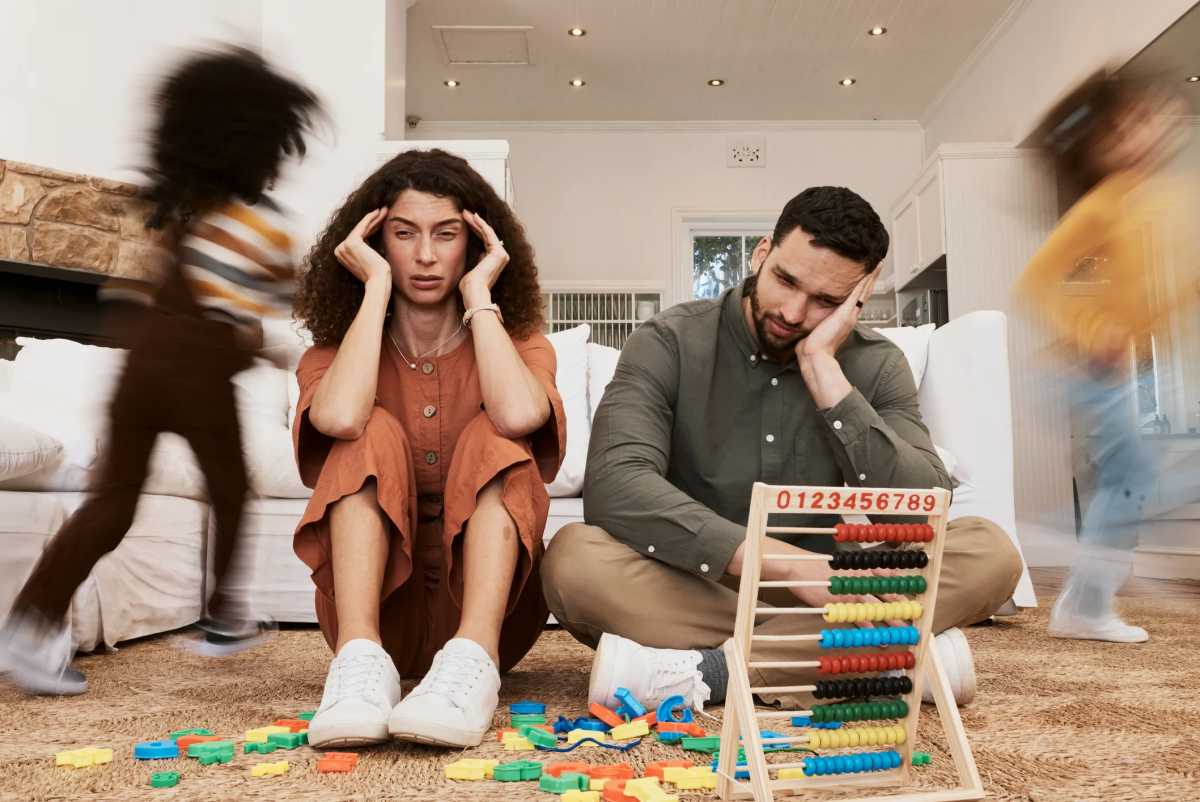The presents are unwrapped, the decorations are ready to come down and the only thing left to do is … write the thank you cards? Should we force kids to write, or not to write, that is the real question many parents are asking themselves this holiday season. Before you take that remote control car out of the box for little Matthew, let Annie wear the new sweater from Aunt Sue, or let Sam cash grandma’s check, perhaps you should read this and then decide for yourself.
Old-Fashioned or Timeless Classic
Compared to past generations the way we communicate today is very different. In fact, many of today’s kids don’t even know what a real stamp looks like. Trying to get a tech savvy, emailing, Facebooking kid to sit down and put pen to paper can be as much fun as getting a tooth pulled. Besides, no one handwrites thank you notes anymore – or do they?
An online survey done by Today Moms showed that moms are indeed insisting that their children scribble a heartfelt message of appreciation. Today Moms asked the question: “Do you require your kids to send thank-you notes?” Of the 6,000 mothers who responded 30.7 percent said Always, 41.7 percent said Sometimes and only 27.6 percent said Never. Exactly who are these 72.4 percent of moms who are withholding birthday and Christmas presents until a well-crafted note card has been drafted? They are mothers like Michelle Faber who claims she is “old school” and requires all three of her children to write a note before they are allowed to play with or use any gift. “My kids always write handwritten notes – even to grandparents, aunts, uncles, etc. Handwriting a note speaks volumes in my eyes,” she says. Jen Neives, working mom of two says writing thank you notes is about more than just good manners. “Expressing gratitude and appreciation for gifts received are positive personal character traits that I can never emphasize enough to my kids.”
Benefits to Being Grateful
Encouraging your child to be grateful by sending a short personal note is an excellent way to teach kids the concept of time and money. It is a physical way to explain the concept of resources. The giver took a portion of their own resources that they could have saved to use toward their future but instead purchased something for them. Writing a thank you card is a way of showing the giver that you value their time and appreciate the thought and effort.
Experts are also now finding that the benefits to being grateful may actually be good for your child’s health. Jeffrey Froh, an assistant professor of psychology at Hofstra University, did a study that showed that grateful kids tend to be happier and more satisfied with their lives. “They report better relationships with friends and family, higher GPAs, less materialism, less envy, less depression, a desire to connect to their community and to want to give back,” says Froh.
As if getting better grades and being less depressed wasn’t enough reason to get you to reconsider the value of a handwritten memo, Rachel Simmons, author of the New York Times bestseller, The Curse of the Good Girl: Raising Authentic Girls with Courage and Confidence (Penguin Books, 2010) claims that by not taking the time to handwrite a thank you card, young adults are actually missing out on an important piece of life wisdom. “A handwritten thank you note is a gesture that makes you stand out. That little card actually sends a message about the kind of person you are. As an employer, I am far more inclined to hire a young person who sends a handwritten note because I see it as a sign of responsibility, conscientiousness and character,” she says.
Monkey See, Monkey Do
Lucky for us, it is never too late to start teaching gratitude. Etiquette expert Patricia Fitzpatrick, founder and director of the Etiquette School of New York, says that no one is born knowing how to write a proper thank you note. “Children must be taught, and yes that might even mean be forced to do it at first. But eventually it will become a habit and one that will serve them well into adulthood,” she says.
Fitzpatrick also points out that, of course, the best way to get children to write a thank you is to have them see you do it. A simple note thanking your son for taking out the garbage without being asked can go a long way. The feeling he gets being the receiver of this unexpected note is a great starting point for helping him understand how the giver of a present he has received might feel.
Tips from the Experts
Emily Post and other etiquette experts are quick to point out that a handwritten note is always appropriate. However, the more updated rule of thumb is that you should send a written note any time you receive a gift and the giver was not there to thank in person. Fitzpatrick adds that texts are the lowest form of a thank you. Pick up the phone and call someone before you send a text. An email, however, is allowed. “Emails have a sense of urgency. It is a great way to let Aunt Sue know you received the sweater she sent. But they should be followed up with a proper handwritten note,” she says.
Fitzpatrick also says that it is important to make writing a thank you note fun. “Buy your child their own personalized correspondence cards. Kids will look for special occasions to use them because doing so will make them feel a sense of pride,” she says.
This year, why not bring back the true meaning of the holidays and the spirit of giving by making thank you cards non-optional. Show your kids how writing them is not about obligation, but instead about being grateful.
Sharon Fuentes is a freelance writer, author of the book, The Don’t Freak Out Guide to Parenting Kids with Asperger’s (Integrated Press, 2013) and a firm believer in writing thank you cards!













